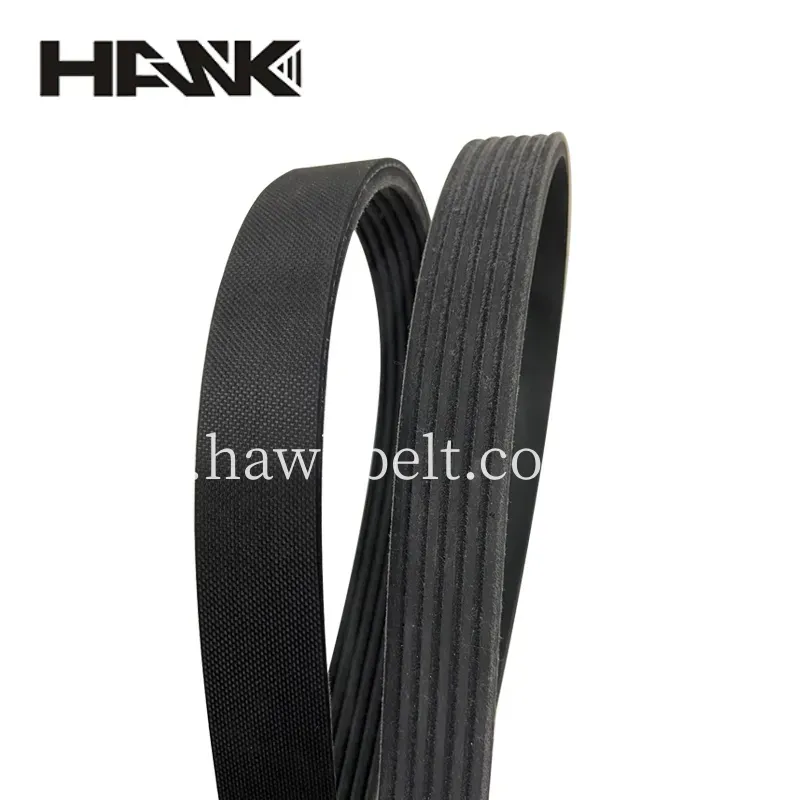- Arabic
- French
- Russian
- Spanish
- Portuguese
- Turkish
- Armenian
- English
- Albanian
- Amharic
- Azerbaijani
- Basque
- Belarusian
- Bengali
- Bosnian
- Bulgarian
- Catalan
- Cebuano
- Corsican
- Croatian
- Czech
- Danish
- Dutch
- Afrikaans
- Esperanto
- Estonian
- Finnish
- Frisian
- Galician
- Georgian
- German
- Greek
- Gujarati
- Haitian Creole
- hausa
- hawaiian
- Hebrew
- Hindi
- Miao
- Hungarian
- Icelandic
- igbo
- Indonesian
- irish
- Italian
- Japanese
- Javanese
- Kannada
- kazakh
- Khmer
- Rwandese
- Korean
- Kurdish
- Kyrgyz
- Lao
- Latin
- Latvian
- Lithuanian
- Luxembourgish
- Macedonian
- Malgashi
- Malay
- Malayalam
- Maltese
- Maori
- Marathi
- Mongolian
- Myanmar
- Nepali
- Norwegian
- Norwegian
- Occitan
- Pashto
- Persian
- Polish
- Punjabi
- Romanian
- Samoan
- Scottish Gaelic
- Serbian
- Sesotho
- Shona
- Sindhi
- Sinhala
- Slovak
- Slovenian
- Somali
- Sundanese
- Swahili
- Swedish
- Tagalog
- Tajik
- Tamil
- Tatar
- Telugu
- Thai
- Turkmen
- Ukrainian
- Urdu
- Uighur
- Uzbek
- Vietnamese
- Welsh
- Bantu
- Yiddish
- Yoruba
- Zulu
Dec . 12, 2024 01:56 Back to list
Understanding the Benefits and Applications of Poly Rib Belts in Modern Machinery
Understanding Poly Rib Belts Key Components in Modern Vehicles
Poly rib belts, also known as serpentine belts or multi-ribbed belts, have become an essential component in modern automobiles and various industrial machinery. Their unique design offers a range of advantages over traditional belts, making them a popular choice among manufacturers and mechanics alike. This article delves into the crucial aspects of poly rib belts, their construction, functionality, advantages, and maintenance tips for optimal performance.
What is a Poly Rib Belt?
A poly rib belt is a continuous loop belt made of high-quality rubber reinforced with polyester cords. Its distinctive design consists of multiple ribs or grooves running along the length of the belt, allowing it to grip various pulleys effectively. This multi-ribbed construction enables the belt to transmit power from the engine to various components, including the alternator, power steering pump, air conditioning compressor, and water pump, ensuring that all systems operate seamlessly.
Construction and Design
The manufacturing process of poly rib belts involves using durable materials that can withstand high temperatures, pressure, and friction. The outer layer is typically made of weather-resistant rubber, while the ribs are designed to provide better contact with the pulleys. The unique ribbed design increases the belt's surface area, enhancing grip and reducing slippage, which is a common issue in traditional flat belts.
The precise engineering behind poly rib belts allows for a thinner profile compared to older belt designs, enabling them to fit into tighter spaces within the engine compartment
. Additionally, the flexible nature of the belt means that it can accommodate misaligned pulleys, reducing the likelihood of wear and tear.Advantages of Poly Rib Belts
1. Enhanced Efficiency The design of poly rib belts maximizes power transmission efficiency, resulting in improved engine performance. Their ability to maintain constant tension reduces energy loss, which can contribute to better fuel efficiency.
2. Noise Reduction Poly rib belts operate more quietly than traditional belts due to their smooth surface and improved contact with pulleys. This noise reduction is particularly appreciated in modern vehicles, where cabin noise is a critical factor for comfort.
3. Longevity Poly rib belts are designed to have a longer service life compared to their predecessors. The high-quality materials used in their construction not only resist wear and tear but also prevent cracking and stretching, resulting in less frequent replacements.
poly rib belt

4. Versatility These belts are suitable for various applications beyond automobiles, including HVAC systems and industrial machinery. Their adaptability makes them a valuable component across multiple industries.
Maintenance Tips
To ensure that poly rib belts function optimally and last for their intended lifespan, regular maintenance is essential. Here are some tips for keeping poly rib belts in good condition
1. Regular Inspections Periodically check the belt for signs of wear such as cracks, fraying, or glazing. Early detection of these issues can prevent sudden belt failure.
2. Proper Tension Ensure that the belt maintains proper tension. A belt that is too loose can slip off pulleys, while one that is too tight can cause undue stress on the engine components.
3. Cleanliness Keep the belt and pulleys clean and free of oil, grease, or debris, as contaminants can compromise grip and lead to premature wear.
4. Replacement Timing Follow manufacturer guidelines for replacing the belt. Although poly rib belts are designed for longevity, it’s essential to replace them at recommended intervals or upon noticing signs of wear.
5. Professional Help When in doubt, consult a professional mechanic. They can provide expert advice and assistance in maintaining or replacing poly rib belts.
Conclusion
Poly rib belts serve as a critical component in the efficient operation of modern vehicles and machinery. Their innovative design, combined with significant advantages over traditional belts, has solidified their place in the automotive and industrial sectors. By understanding the construction, benefits, and maintenance of poly rib belts, vehicle owners and operators can ensure optimal performance and longevity, enhancing productivity and reliability in their equipment. As technology continues to evolve, poly rib belts will remain an indispensable part of ensuring that various systems run smoothly and efficiently.
-
Korean Auto Parts Timing Belt 24312-37500 For Hyundai/Kia
NewsMar.07,2025
-
7PK2300 90916-T2024 RIBBED BELT POLY V BELT PK BELT
NewsMar.07,2025
-
Chinese Auto Belt Factory 310-2M-22 For BMW/Mercedes-Benz
NewsMar.07,2025
-
Chinese Auto Belt Factory 310-2M-22 For BMW/Mercedes-Benz
NewsMar.07,2025
-
90916-02660 PK Belt 6PK1680 For Toyota
NewsMar.07,2025
-
drive belt serpentine belt
NewsMar.07,2025

